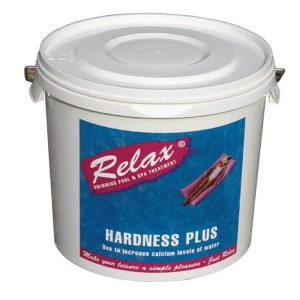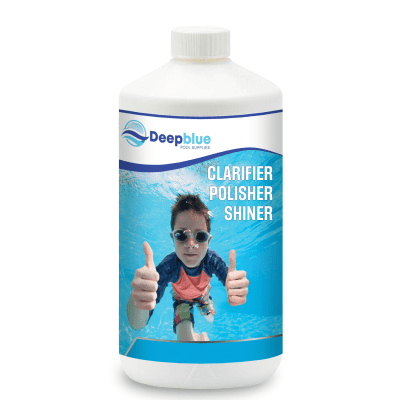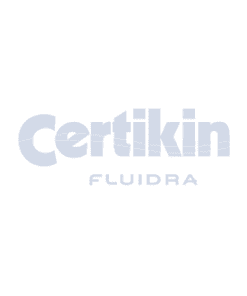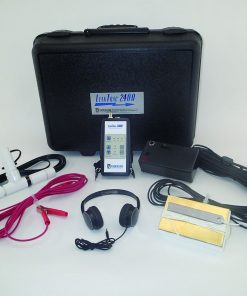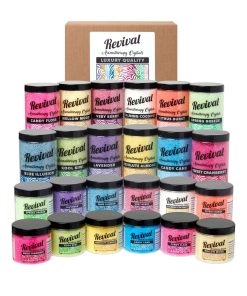Blogpool, Chemicals, Hottub, Maintenance, Swimming Pool, Trouble Shooting, Water Testing
Testing swimming pool and hot tub water: Key terms and questions answered
Some helpful terms:
Alkalinity is the ability of water to resist pH changes.
Bromine: A halogen disinfectant, often used in hot tubs and spas due to its effectiveness at higher temperatures.
Calcium Hardness: The amount of dissolved calcium in the water.
Chlorine: The most commonly used pool disinfectant; exists as free chlorine (available for disinfection) and combined chlorine (chlorine bound to contaminants).
Colony Count: A measure of the number of bacteria colonies present in a water sample.
Colourimetric methods: These are water testing methods that involve adding reagents to the water sample to get a colour change proportional to the concentration of the substance being tested.
Cyanuric Acid: Also known as a chlorine stabiliser, it helps protect chlorine from degradation by UV light.
Disinfectant: A chemical substance used to kill harmful bacteria and other microorganisms in pool water.
Dissolved Solids: The total amount of dissolved minerals and other substances in the water.
Electrochemical Methods: Water testing methods that use electrical measurements to determine the concentration of a substance.
E. coli: A type of bacteria that indicates faecal contamination of water.
Free Chlorine: The amount of chlorine available to kill bacteria and other contaminants.
Hydrogen Peroxide: A powerful oxidising agent sometimes used in conjunction with other disinfectants.
Normal Operating Procedure (NOP): A documented set of instructions for operating and maintaining a swimming pool.
NTU (Nephelometric Turbidity Units): A unit of measurement for turbidity, or the cloudiness of water.
Ozone: A powerful disinfectant that is very effective at killing bacteria and other microorganisms.
pH: A measure of the acidity or alkalinity of the water.
PHMB: A disinfectant alternative to chlorine and bromine.
Phosphate: A nutrient that can promote algae growth in pool water.
Photometer: A device that measures the intensity of light passing through a water sample to determine the concentration of a substance.
Salinity: The amount of dissolved salt in the water.
Test Strips: A simple and economical way to test water parameters, producing indicative results.
Total Alkalinity: The total amount of alkaline substances dissolved in the water.
Total Chlorine: The sum of free chlorine and combined chlorine.
Turbidity: A measure of the cloudiness or haziness of water, indicating the presence of suspended particles.
Water Balance Index: A calculation used to assess the water’s tendency to be corrosive or scale-forming.
Short-Answer Quiz
Why is regular water testing important for swimming pools?
What is the difference between free chlorine and combined chlorine?
What are the advantages of bromine as a disinfectant, especially in hot tubs and spas?
Why is cyanuric acid commonly used in outdoor pools?
What are the risks of low or high calcium hardness levels?
What is the role of total alkalinity in maintaining pool water quality?
What is salt water chlorination and how does it work as a disinfection method?
What does turbidity tell us about water quality, and what might cause high turbidity?
Describe the Palintest Water Balance Index and its significance.
What are some best practices for ensuring accurate results when using photometers for water testing?
Short-Answer Quiz: Answer Key
Regular water testing is important in order to guarantee bather safety and comfort, effective removal of contamination, pool and its surroundings maintenance, and chemical usage control. If testing is not done correctly it can cause bather illnesses, irritation, and problems with pool maintenance.
Free chlorine is the chlorine that is actually available to kill bacteria and other contaminants. Combined chlorine is the chlorine that has reacted with nitrogen-containing substances in the water to form chloramines. While combined chlorine does have some disinfecting activity, it is not as effective as free chlorine.
Bromine is more active at higher pH levels and temperatures, making it a suitable disinfectant for hot tubs and spas. It is also more stable than chlorine and can be gentler on sensitive skin.
Cyanuric acid functions as a stabilizer to protect chlorine from sun exposure through UV light thus serving outdoor pools effectively.
Low calcium hardness causes grout erosion and surface damage to pools but high calcium hardness results in scale formation and “hard water” marks.
Total alkalinity functions as a buffer that prevents sudden changes in pH when the pool is active. The effectiveness of the disinfectant depends on proper alkalinity maintenance and this helps create a comfortable environment for bathers.
Salt water chlorination uses electrolysis to produce hypochlorous acid and sodium hypochlorite from dissolved sodium chloride which function as sanitizing agents in pool water.
The water becomes turbid when particles remain suspended in it thus causing turbidity. High turbidity develops because of poor water chemistry as well as deteriorating filter quality inadequate backwashing and incorrect flow rates/pipe sizing. The effectiveness of disinfection processes gets affected by this condition.
The Palintest Water Balance Index evaluates water chemistry by combining measurements of calcium hardness and total alkalinity with pH levels. The calculated index shows the water status between balanced and corrosive and scale-forming conditions thus helping guide protective adjustments for pool surfaces and equipment.
The best testing procedure includes periodic calibration evaluations together with strict test method compliance and fresh test tubes and safe handling of reagents and correct usage of blanks and thorough tablet grinding and avoiding test tube shaking or inversion and using the light cap and stirring with a crushing rod.
Some products you might be interested in:



